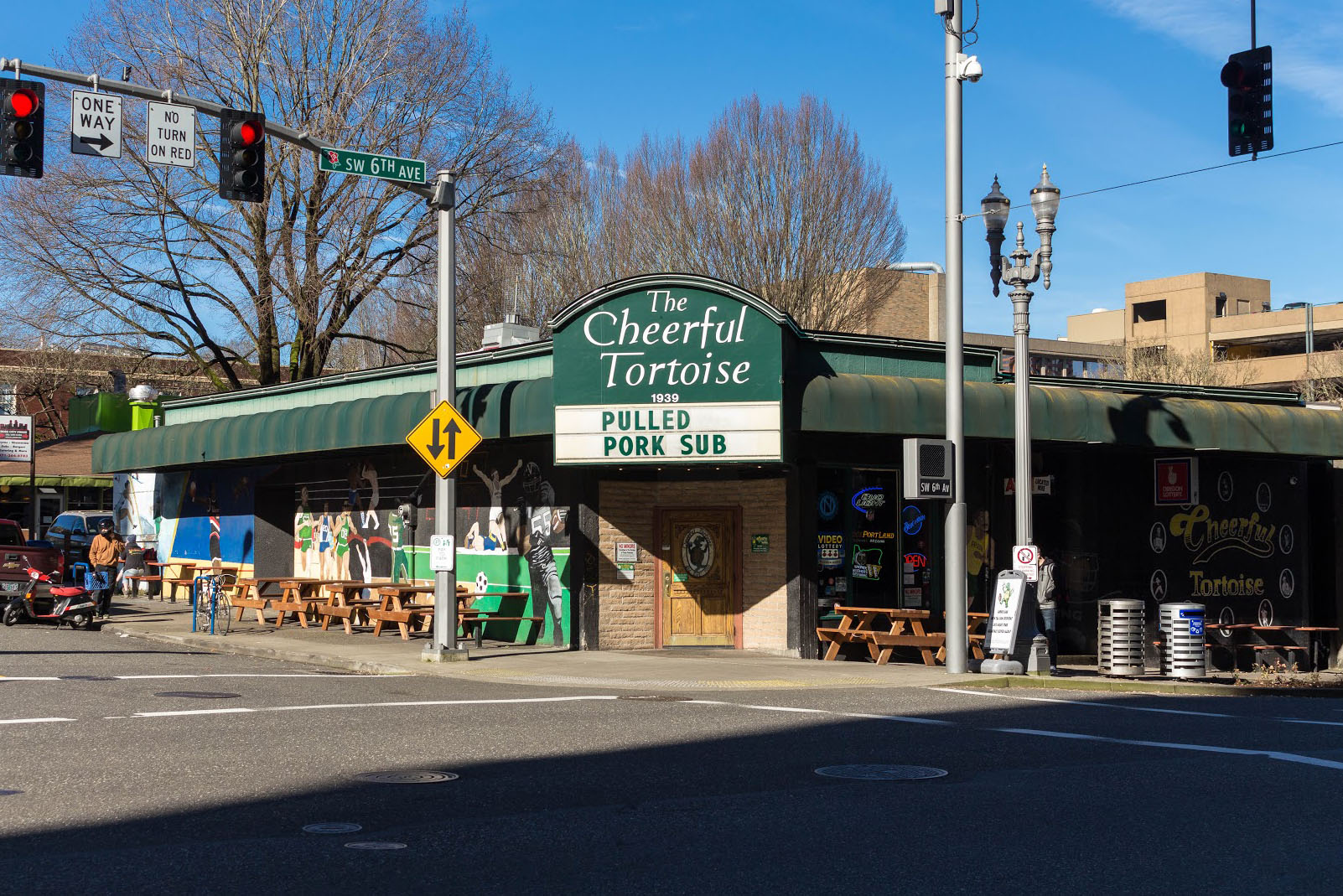Art for thought
When Jessica Walker and her partner Gregory Nipper traveled to southern Guatemala last summer, they went with the goal of learning Spanish. What they hadn’t planned on was uncovering the country’s political upheaval through the lens of a digital camera. The result culminated in “Place Where Walls are Erected,” an exhibit at Food For Thought Cafe.
The exhibit features a series of colorful, mostly abstract images of walls – some with bullet holes, others with peeling paint – and represents what remains after a violent period of the country’s history. If the function of a wall is to protect and enclose, the walls observed in the couple’s photographs have served their function.
A cursory glance at the photos gives the impression that the photographs are a foray into abstract expressionism. Each photograph captures the brilliant color scheme of the walls while at the same time evoking a sense of the surface’s texture. Upon deeper inspection, the cracks and bullet holes become apparent, causing one to contemplate the extremity of the two opposing forces that placed them there: survival and destruction.
It’s been less than a decade since leaders of the Central American country signed a peace treaty with the Guatemalan National Revolutionary Unity, ending a 36-year civil war. While Guatemala is relatively peaceful, corruption, poverty and violence are linked everywhere in the country, according to Nipper, who recently received his master’s degree in history from Portland State. Despite its tumultuous past, Nipper said he and Walker discovered a profound beauty in Guatemala.
The couple spent three months in the village of Quetzaltenango, which means “place where walls are erected” in the native Nahuati language, hence the name of the exhibit.
Walker, a senior at Portland State majoring in women’s studies, said that it was her first time to visit a foreign country. [Ed. note: Jessica Walker also happens to be chief copy editor at the Vanguard. Gregory Nipper is also a former Vanguard staffer.]
“For me, being in another country heightened my senses,” she said. “We walked past the walls going to and from class everyday. From the beginning we appreciated the walls, and we took the photographs the last weekend we were there.”
In addition to photographing the walls in Quetzaltenango, Walker took photographs of two cemeteries. “There was a lot of political, religious and economic symbolism at the cemeteries. I’ve never seen anything quite like it.”
They did not take photos of the people indigenous to the region out of cultural sensitivity. “There’s a lot of fear of abduction, and photographing people can also be exploitative if you’re taking a picture of someone as though they’re a relic or tourist attraction,” Nipper said.
Upon their return, Walker and Nipper wanted to do something that would commemorate their trip and enable them to share it with others. They assembled their photographs and constructed the frames for the exhibit, and are donating the proceeds to nonprofit organizations that help build communities and advance human rights issues in Guatemala.
“Guatemala isn’t exactly at the fore of American thought,” Nipper said. “We thought it was important that people think about where the images came from and what’s gone on there. I’ve always tried to find beauty in the things outside of what is considered art, which I think can be a restrictive and elitist medium. We barely scratched the surface of the beauty that was there.”
Walker and Nipper made their photographs accessible, pricing them modestly at $50. The exhibit will be on display at Food For Thought Cafe through February.



